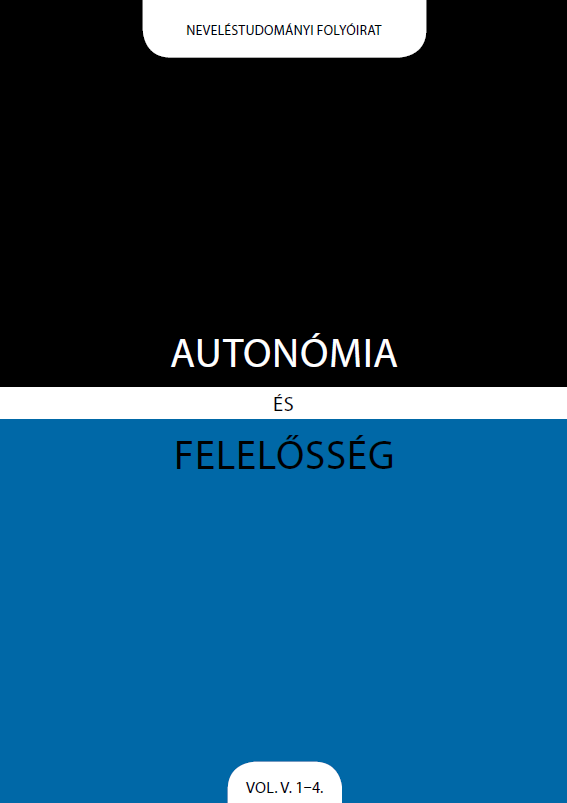Gamification Misunderstood?
DOI:
https://doi.org/10.15170/AR.2020.5.1-4.4.Keywords:
gamification, motivation, teaching method, interactive learning environment, learning strategiesAbstract
Gamifi cation (FROMANN, 2017), as an alternative evaluation method, is gaining more and more attention in today’s Hungarian educational trends. The method coming from game development is an optional practice already used in international educational practices (KAPP, 2012; SHELDON, 2012), but it has a novel effect in Hungary. The misconceptions and conceptual confusion prevailing in pedagogical practice justify a closer examination of the concept of gamifi cation and its Hungarian pedagogical practice. The present study aims to clarify the concept, elements, and criteria of gamifi cation, thus helping to develop a more well-founded educational discourse on gamifi cation and its use for pedagogical purposes. This study provides an overview of the discourse of the concept of gamifi cation and its Hungarian aspects. The analysis of some gamification models implemented in Hungarian pedagogical practice based on the Bunchball model is investigated (BUNCHBALL, 2010), with special regard to the
system created by Tibor Prievara (PRIEVARA, 2015). In addition, based on the works of pedagogical and psychological authors, it is intended to apply the narrative as a game mechanic element in Hungarian gamifi cation practice. The critical issues related to gamifi cation through the works of international and Hungarian authors are also presented in the study.
Downloads
Downloads
Published
How to Cite
Issue
Section
License

This work is licensed under a Creative Commons Attribution-NonCommercial-NoDerivatives 4.0 International License.



